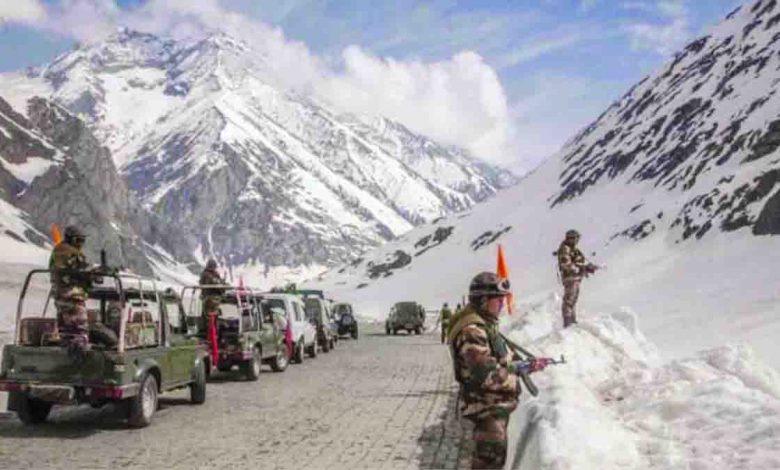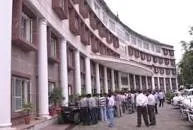Resolution eludes India-China talks

But both sides agree to meet soon to find mutually acceptable agreement to disengage, de-escalate
India and China held the ninth round of military-level talks on Sunday to defuse tension at the Line of Actual Control (LAC) in Ladakh and reaffirmed their commitment to resolve the issue through dialogue. There was no breakthrough but both the sides agreed to meet soon to find mutually acceptable agreement to disengage and de-escalate.
The talks came amid reports that the Chinese Army has built a village inside Arunachal Pradesh and consolidated its positions in eastern Ladakh by bringing in more troops at the friction points along the LAC.
The parleys lasting more than seven hours beginning at 10 am between the Corps Commanders of the two armies were held at the Chushul-Modo border meeting point on the LAC in Ladakh. The Indian side was led by 14 Corps chief Lt General PK Menon and the delegation also included a Joint Secretary from the Ministry of External Affairs.
Incidentally, at least six rounds of the diplomatic level talks under the aegis of the Working Mechanism for Consultation and Coordination (WMCC) were also held since the face-offs began between the two armies in May last year. However, these interventions also failed to end the impasse. The last WMCC talks were held on December 18.
The latest round of Corps Commander talks came more than two months after the eighth round was held on November 6 between the two Commanders. While no positive result came out from the latest episode, both the sides focused on thrashing out a mutually acceptable timeline for disengagement from friction points and ultimate de-escalation, sources said here on Sunday.
In a joint statement issued after the last round of talks, the two countries agreed to implement the “important consensus reached by the leaders of the two countries, ensure their frontline troops exercise restraint and avoid misunderstanding and miscalculation.” The two Commanders on Sunday took stock of this agreement and decided to sustain it till an amicable solution was found, officials said.
Though reiterating its stand on finding a way out through dialogue, India is not taking any chances. Against this backdrop, it had so far turned down the Chinese insistence on withdrawing its troops from strategic heights on the south and north banks of the Pangong Tso (lake).
Instead, India in all the rounds held so far stuck to its stand that China had to first withdraw its troops from all the friction points, including “Finger 4 to 8” at the same time. The Chinese have intruded more than four km in this region near the Pangong Lake. India was of the firm view that China had to reduce its troop strength in depth areas besides tanks and artillery guns.
At present, more than one lakh troops from both the sides were facing each other at the 1,700 km long LAC in Ladakh. Moreover, the entire LAC from west in Ladakh to Arunachal Pradesh in the east was on heightened alert. The Indian Army and IAF have deployed its frontline troops and fighter jets at all the important forward bases all along the 4,000 km long LAC.
Given China’s blatant attempt to unilaterally change the status quo at the LAC, Army Chief General MM Naravane said here on January 12 the Indian troops will hold their ground as long as it takes to achieve the “national goals and objectives.” He, however, underlined the need for finding an amicable resolution of the standoff through talks.
IAF chief RKS Bhadauria on Saturday had said if China opted for an aggressive stance in eastern Ladakh, “we can also be aggressive.”
These observations from the two Services chiefs came as the armed forces were prepared for a long haul as the talks had not yielded any results.
The Indian troops were braving the harsh winter in Ladakh with the temperature dipping to minus 30 degrees now. In order to sustain them and keep them operationally ready, the Army has an adequate number of winter clothing and prefabricated heated huts.
Monday, 25 January 2021 | PNS | New Delhi





